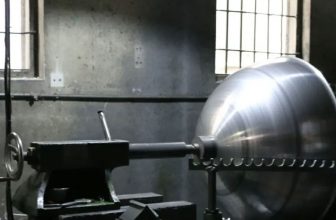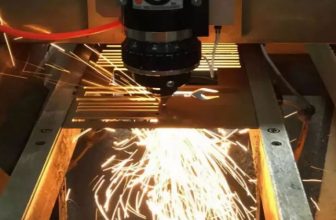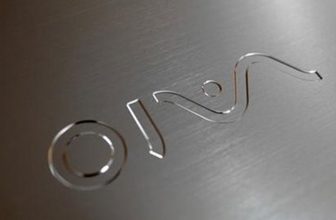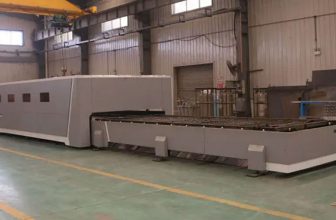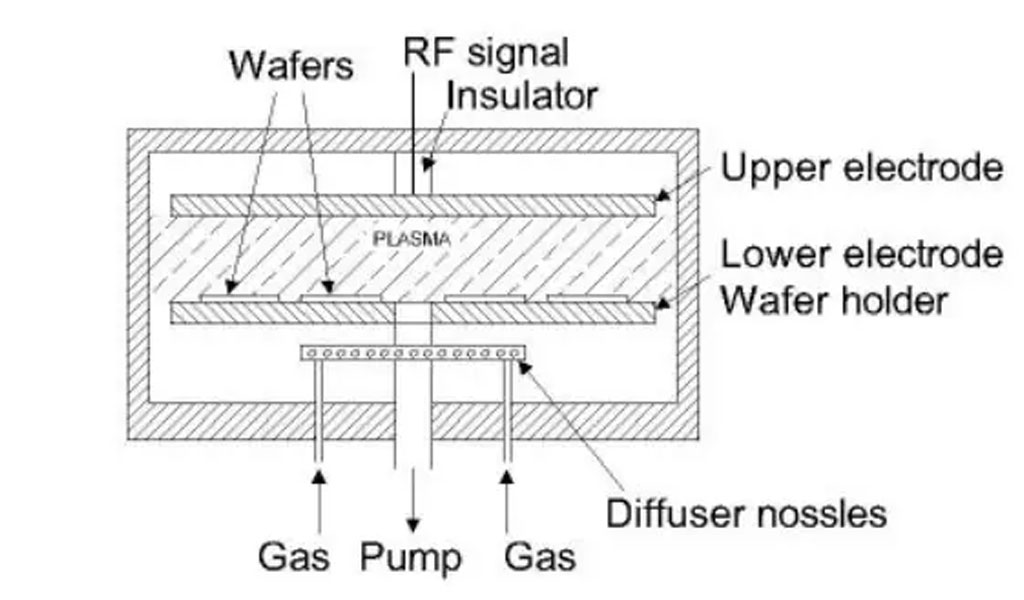
In order to form functional MEMS structures on a substrate, previously deposited thin films and/or the substrate itself must be etched. In general, etching processes fall into two categories:
Wet etching, where the material dissolves after immersion in a chemical solution
Dry etching, where a reactive ion or vapor phase etchant is used to sputter or dissolve the material
In the following, we will briefly discuss the most popular wet and dry etching techniques.
Wet Etching
This is the simplest etching technique. All it requires is a container with a liquid solution that will dissolve the substance in question. Unfortunately, there is a complication as a mask is usually required to selectively etch the material. A mask must be found that will not dissolve or at least erode much slower than the material being patterned. Second, some single crystal materials, such as silicon, exhibit anisotropic etching in certain chemistries. In contrast to isotropic etching, anisotropic etching refers to the different etching rates of a material in different directions. A typical example is the <111> crystal plane sidewalls that appear when etching holes in a <100> silicon wafer in a chemistry such as potassium hydroxide (KOH). The result is a pyramidal hole, rather than a hole with rounded sidewalls with an isotropic etchant. The diagram below illustrates the principles of anisotropic and isotropic Molybdenum wet etching.
When Would You Use Wet Etching?
This is a simple technique, and if you can find the right combination of etchant and mask material for your application, you will get good results. Wet etching works very well for etching thin films on a substrate, and can also be used to etch the substrate itself. The problem with substrate etching is that an isotropic process will result in undercutting of the mask layer by the same distance as the etch depth. Anisotropic processes allow the etching to stop on certain crystal planes in the substrate, but still result in a loss of space because these planes cannot be perpendicular to the surface when etching holes or cavities. If this is a limitation for you, you should consider dry etching the substrate. However,
If you are making very small features in a thin film (comparable to the film thickness), isotropic wet etching may also be a problem because the undercut is at least equal to the film thickness. With dry etching, you can etch almost straight down without undercutting, providing higher resolution.
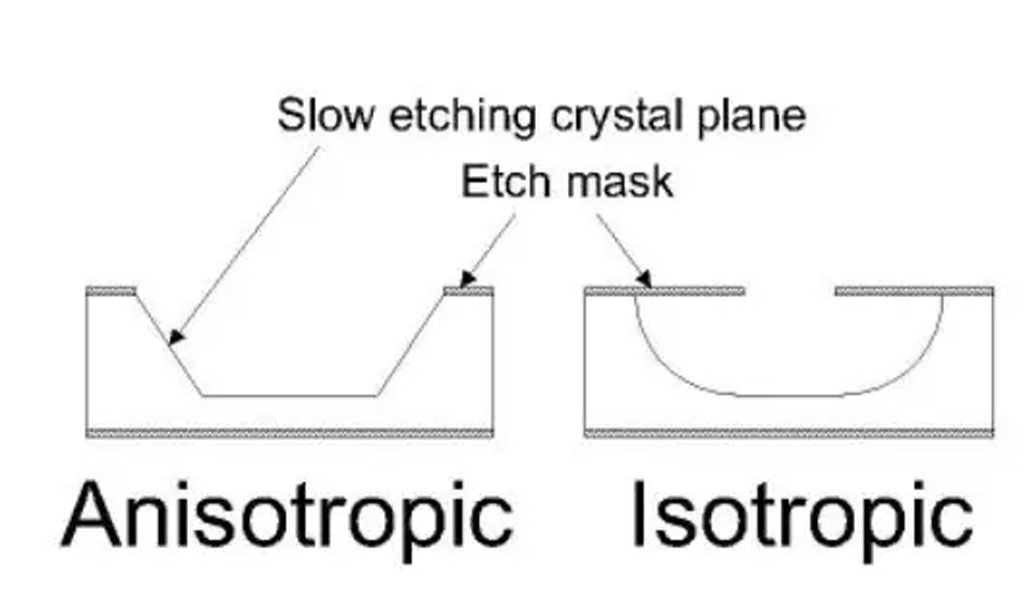
Dry Etching
Dry etching techniques can be divided into three categories, namely reactive ion etching (RIE), sputter etching, and vapor phase etching.
In RIE, the substrate is placed inside a reactor, where several gases are introduced. A plasma is blown into the gas mixture using an RF power source, breaking the gas molecules into ions. The ions are accelerated toward the surface of the material being etched and react on it, forming another gaseous material. This is called the chemical etching products of reactive ion etching. There is also a physical part that is essentially similar to the sputtering deposition process. If the ions have high enough energy, they can knock atoms out of the material being etched without chemically reacting. Developing a dry etching process that balances chemical and physical etching is a very complex task, as there are many parameters that need to be adjusted. By changing the balance, it is possible to affect the anisotropy of the etching, as the chemical part is isotropic and the physical part is highly anisotropic, so the combination can form sidewalls with shapes ranging from rounded to vertical. The figure below shows a schematic diagram of a typical reactive ion etching system.
A special subclass of RIE, which continues to grow rapidly, is deep RIE (DRIE). In this process, nearly vertical sidewalls can be achieved with etching depths of hundreds of microns. The main technology is based on the so-called “Bosch process”, named after the German company Robert Bosch, which has applied for the original patent, in which two different gas components are used alternately in the reactor. The first gas component produces polymers on the surface of the substrate, and the second gas component etches the substrate. The polymer is sputtered away immediately by the physical part of the etching, but only on horizontal surfaces and not on the side walls. Since the polymer dissolves only very slowly in the chemical part of the etching, it accumulates on the side walls and protects them from etching. As a result, etching aspect ratios of 50:1 can be achieved. The process can be easily used to completely etch silicon substrates and the etching rate is 3-4 times higher than wet etching.
Sputter etching is essentially RIE without reactive ions. The system used is very similar in principle to the sputter deposition system. The biggest difference is that now the substrate is bombarded with ions instead of the target material used in sputter deposition.
Vapor phase etching is another dry etching method that can be done with simpler equipment than that required for RIE. In this process, the wafer to be etched is placed in a chamber, into which one or more gases are introduced. During the chemical reaction with the gas molecules, the material to be etched dissolves at the surface. The two most common vapor phase etching techniques are silicon dioxide etching using hydrogen fluoride (HF) and silicon acid etching using xenon difluoride (XeF2), both of which are isotropic in nature. In general, care must be taken in the design of the vapor phase process to avoid the formation of byproducts in the chemical reaction that condense on the surface and interfere with the etching process.
When Would You Use Dry Etching?
The first thing you should note is that this technique is expensive to run compared to wet etching. If you are concerned about feature resolution in thin film structures, or require vertical sidewalls for deep etching in a substrate, you must consider dry etching. If you are concerned about the price of the process and equipment, you may want to minimize the use of dry etching. Dry etching has long been used by the integrated circuit industry to achieve small features, but in many cases feature size is not as critical in MEMS. Dry etching is an enabling technology, sometimes at a high cost.



